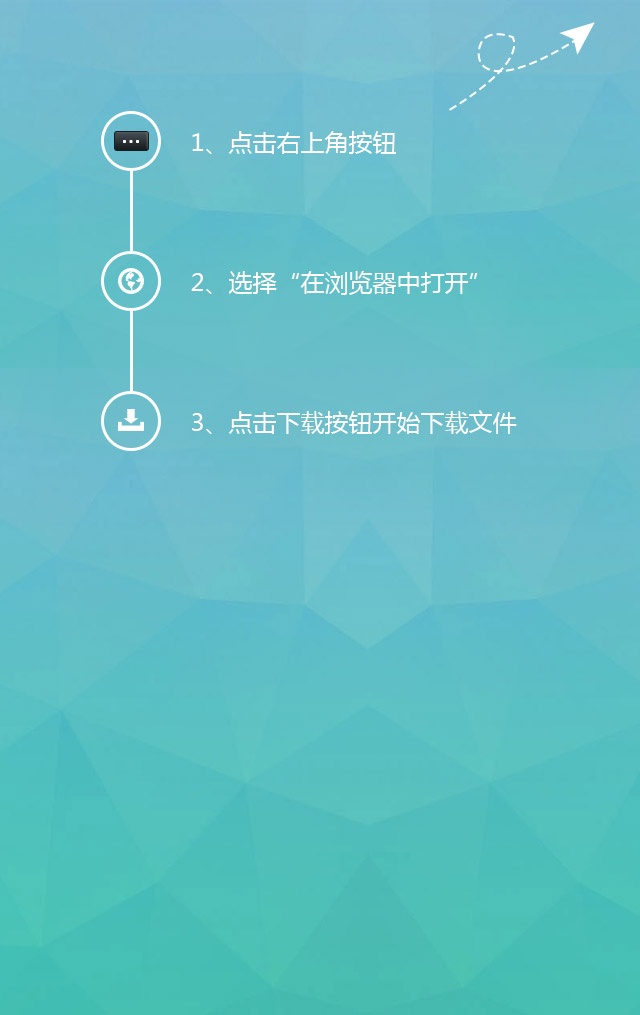Application of Plasma Cleaning Machine in Surface Treatment of FPC Process
The advancement of microelectronics technology has made it possible to integrate information, communication, and entertainment. Utilizing plasma technology to achieve atomic level manufacturing, making miniaturization of microelectronic devices possible. Due to the increasing demand for equipment, some manufacturing processes have clearly demonstrated their advantages. Plasma cleaning technology has gradually become an indispensable key technology in industries such as circuit boards, semiconductors, and solar energy.
FPC
FPC is the abbreviation for Flexible Printed Circuit (FPC). It is a printed circuit board with high reliability and good flexibility. It can embed a large number of precision components in a narrow and limited space. Among them, FPC is divided into four types of circuit boards: single panel, double-sided board, multi-layer flexible circuit board, and rigid flexible board. The main component is polyimide or polyester film, and other materials are insulating film, conductor and adhesive. The adhesive used in the FPC process can bond the insulation film to conductive materials or be used to form a covering layer as a protective coating. The cleaning before bonding can be completed using a plasma cleaning machine.
The ion level cleaning effect generated by plasma surface technology can effectively clean micro pollutants on the surface, improve the activity of beautifying the surface, make the bonding stronger, and improve the overall yield.
060179e46fe24dbebcdfecf5809ad600.jpeg
So what are the specific applications?
With the explosive growth of demand for smart devices and flexible displays, the demand for FPCs is also constantly increasing. At the same time, the overall process is constantly developing towards lightweight, small, thin, and short directions, making plasma surface treatment technology widely used.
1. Multi layer flexible board residue removal: suitable for various adhesive systems such as epoxy resin adhesive and acrylic adhesive. Compared with chemical agents, desquamation is more stable and thorough, and the yield can be increased by more than 20%.
2. The surface of The PI and other substrates (such as multi-layer flexible boards and soft and hard boards) is roughened before lamination: due to the smooth surface of the inner layer, adhesion is difficult, and surface oil stains or fingerprints are prone to insufficient adhesion after adhesion and delamination. Plasma cleaning machines can remove foreign objects, oxide films, finger marks, oil stains, etc. On the surface, it can also roughen the surface and significantly improve the bonding force, which can generally be increased by more than 10 times.
3. Removing carbides from flexible plates: After laser cutting of gold fingers, black carbides are prone to appear at the edges, which can cause micro short circuits in high-voltage tests. After being processed by a plasma cleaning machine, the carbides on the formed edges can be completely removed to prevent short circuits.
4. Soft and hard board glue residue removal: Completely remove glue residue, avoiding the erosion of soft board PI by potassium permanganate solution, uniform etching of hole wall, improving the reliability and yield of hole plating.
5. Remove carbides through the holes of the HDI board: Laser removes carbides burned by laser through the holes, blind/buried. Not limited by pore size requirements, micropores with pore sizes less than 50 microns are more effective (micropores, IVH, BVH).
6. Flexible plate reinforcement pretreatment: lamination of steel plates, aluminum plates, FR-4 reinforcement materials, etc., and plasma can roughen the surface of PI. The tensile value can be increased by more than 10 times to prevent the detachment of reinforcement materials.
Recommend
-

-

QQ Zone
-

Sina Weibo
-

Renren.com
-

Douban

